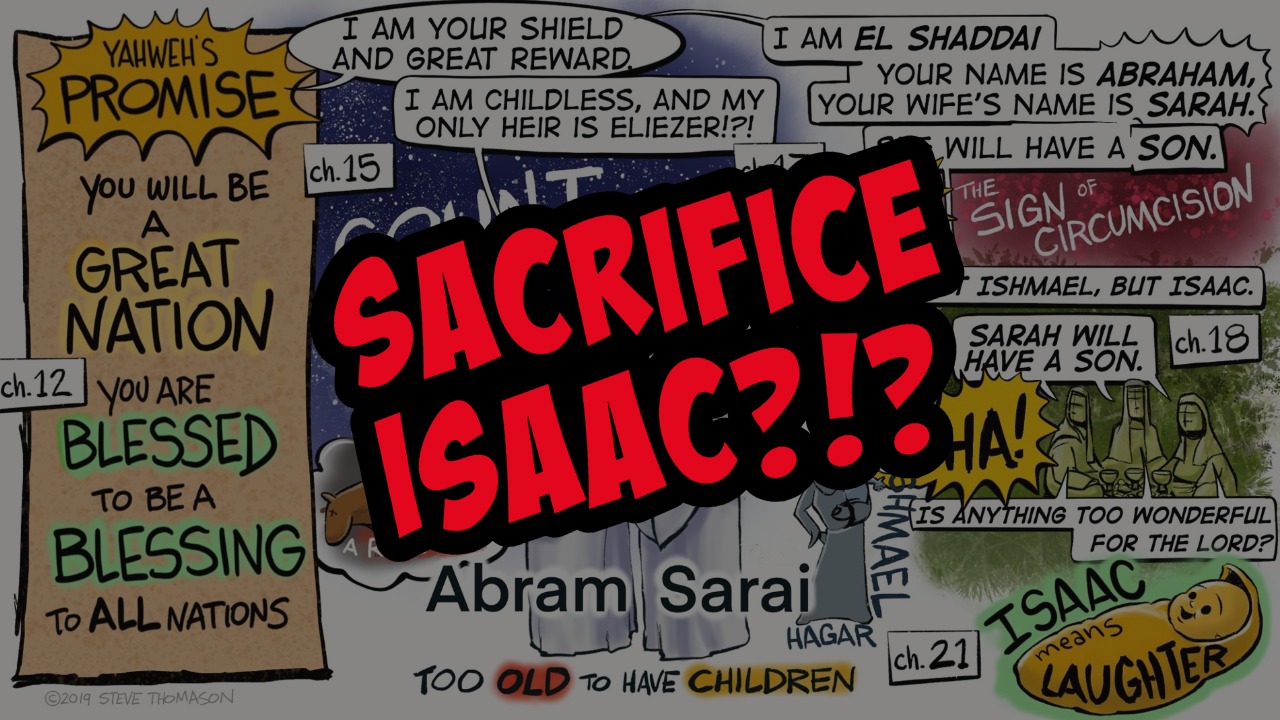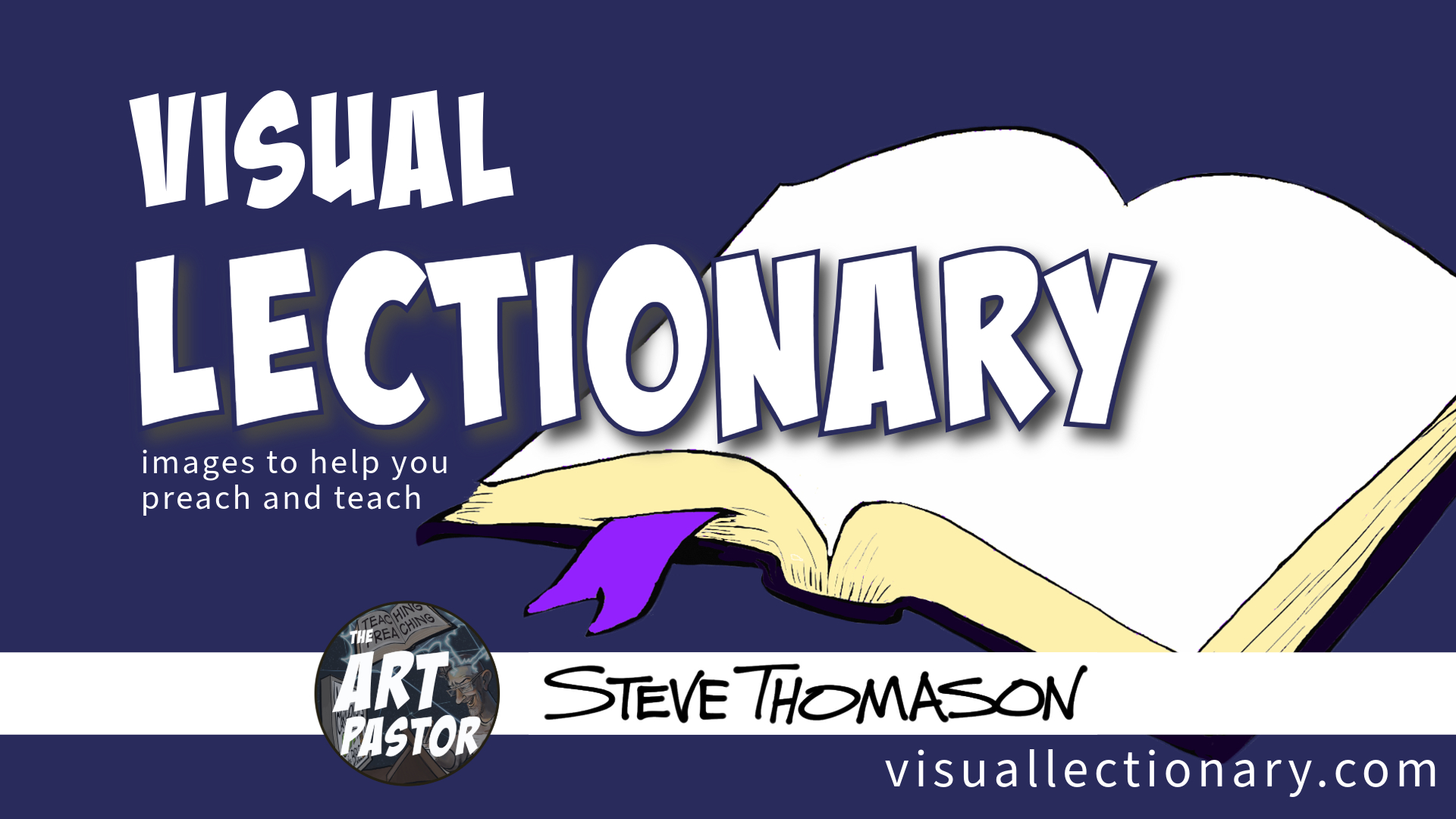
Text for the Narrative Lectionary on September 14, 2025: Genesis 21:1-3, 22:1-14.
The challenge for the Narrative Lectionary preacher this week is two-fold:
First, the story gap.
How do you walk the congregation from the six days of creation in Genesis 1 to the sacrifice of Isaac in Genesis 22? Each year the NL preacher is faced with the task of framing the context of the Abraham story, regardless of the specific text chosen for the week. Having preached through the NL in the local church for 10 years I created three different versions of images to tell the whole story quickly. This Image pack contains all of them. Feel free to use any of them to help your teaching and preaching.
Second, what kind of God would…
The text itself raises all kinds of questions. Why would God ask Abraham to sacrifice his child? This is a challenging story for us on many levels.
- It is a horrific notion to our twenty-first century ears, in light of the surge in school shootings and the suffering of innocents.
- It also simply doesn’t make sense since Isaac was the promised child who came to Abraham through a miraculous pregnancy. What kind of God would put Abraham in such a situation?
A possible approach
How does the preacher address these two big challenges in the limitations of a Sunday morning sermon in which the preacher proclaims words, and no one gets to respond or ask questions?
I don’t have clear answers, nor do I claim to have a profound or definitive theological response. God help me if I ever claim that!
Here is one attempt at making some sense of the text, for what it is worth. Some scholars believe that child sacrifice was a common part of Canaanite religion. If this is true, then it is possible that this story was God’s message to Abraham that child sacrifice is not part of Jehovah’s way of being in the world. We do see other texts in the Hebrew scripture that condemn the practice of child sacrifice. So, the editors of this story in the post-exilic period may have been offering a historical basis for condemning this practice.
It ends here.
One way to read through the Hebrew story is to see it as a progressive revelation of God that leads the people away from slavery and a fear-based tribal animism into a wider understanding of a loving creator and God of faithfulness and chesed—steadfast love. Abraham had no law to guide him. He came from Ur of the Chaldeans and was living amongst the tribal kingdoms of Canaan in the shadow of the pantheon of Egypt. Child sacrifice may have seemed like a logical option in his theological imagination. This story is a step toward a new way of understanding God.
Some possible application points:
There are many ways to apply this to our own day. A compelling question: In what ways are we sacrificing our children to the gods of the age and God is telling us to stop?
Or, in a less controversial angle: In what ways is God asking us to do something that seems totally contradictory to the heart of God. This is similar to Peter’s vision in Acts 10:1-48. This is a stretch of faith.
A Final Word of Blessing
Many blessings upon the preachers who will wrestle with this text this week. May the Spirit of the Living God speak words of hope and Good News through you!
These images comes from my 300 Daily Devo Doodles collection.
Every week I compile all the visual resources on cartoonistbible.com for the lectionary readings on both the Revised Common Lectionary and the Narrative Lectionary. Get them in your inbox every Monday morning.


